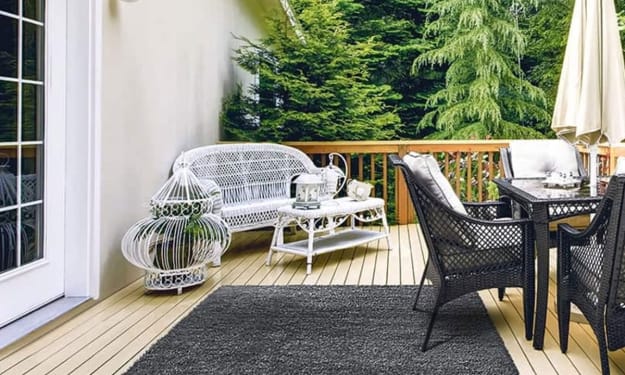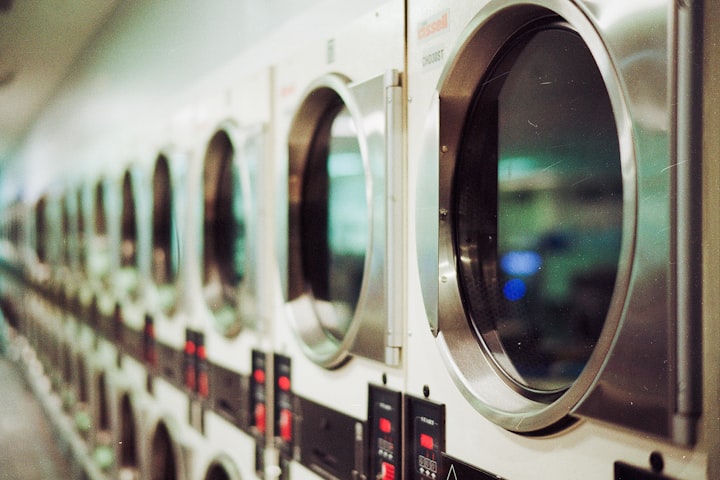
The hardest part of switching to a sustainable lifestyle is the initial transition. Not knowing where to start or where to find resources can often be an intimidating obstacle that’s slows or even stops people from moving towards a zero-waste way of living. However, it doesn’t have to be this way; there are many ways that can make transitioning to such a satisfying lifestyle extremely easy.
1. Use Up What You Already Have:
We live in an era where we get to paint ourselves in whatever we view as the nicest light: and this even carries over into the zero-waste community. It’s easy to see all the beautiful pictures of zero-waste kits and products on Instagram or Pinterest and want to go out and buy everything. That’s when people begin to complain that it’s too hard and difficult to start a sustainable lifestyle. It’s important to remember that the first step in the “buyerarchy of needs” is to use up what you already have. I know that bamboo toothbrushes are super cute, but if you still have three new plastic ones underneath your bathroom sink: use them first. Bamboo to-go utensil sets are also really cute, but you can make your own set by wrapping utensils that you already own in an old cloth napkin. Don’t have any old cloth napkins? Cut up an old shirt and make some! It is so much easier and more effective to use what you already have and slowly introduce more sustainable options as you run out of things in your home.
2. Fill Your Social Media With Inspiration:
If you’re able to resist the urge to go out and buy every cute zero-waste product you see, social media is a great resource for inspiration. It can be discouraging when you’re trying to convert your household products to more sustainable options and you don’t even know where to start. Should you buy toothpaste tablets, powder, or make your own? How can you shop for groceries sustainably if you don’t have access to a bulk store? Where do you find zero-waste makeup that works as well as the stuff you already use and love? There is a large community of people who are also committed to this lifestyle on both Instagram and Pinterest. They offer tips and tricks on how to best transition, recommendations and reviews on a wide variety of zero-waste products, and even DIY tricks for everything from all purpose cleaners to mascara to “unpaper” towels. There’s so much support out there that someone will have an answer to any question you have.
3. Track Your Waste:
If you’re interested in a zero-waste lifestyle, you’ve probably seen some people online that can fit a year’s worth of waste in a mason jar. While this is an amazing goal, most of us won’t achieve this for a while. However, it can still be useful to track the waste you produce. I didn’t notice how many ziploc bags or q-tips I went threw regularly until I began keeping a tally. Being raised in a society where it’s become normal to use something once and throw it away can make us a little blind to just how wasteful we all can be. Just paying attention and tracking your waste can open your eyes to all the ways you can reuse or swap disposable products with reusable options.
4. Pick One Room at a Time to Transition to Zero Waste:
When you first start researching sustainability and decide to dive head first into, you can find yourself diving into the floor just three feet away from the pool. You have so much momentum and drive but have no idea where the starting place is. It can also feel like there are twenty starting places and no one told you which one is yours. All of the information and all of the things that supposedly needs to get done can feel so overwhelming that it can delay you from beginning your zero-waste journey. But it doesn’t have to be like that. The easiest way to transition your home to be more sustainable is to pick one room at a time to tackle. Go through your kitchen and find all the wasteful products and look for more sustainable options. Then go back to step one of this list and slowly change out your products as you run out. Then move on to the next room of your home. This breaks down the job of transitioning down to small, easy to accomplish, steps.
5. Remember It’s Not a Race:
Revisiting our swimming analogy from the previous step: leading a sustainable life can also feel like a competition. You and another person may have started your journey at the same time and they seem to be way ahead of you. Or you feel like you’ve been treading water while everyone else is swimming past you. But it’s not a race. Your transition to sustainable living is completely personal and no two people’s looks the same. Every small step you take is an important one towards preserving the planet.
About the Creator
Sam Schab
On my page you’ll find various movie reviews and lists compiling movies you should watch based on others you like. I also love true crime and i hope to share some cases you haven’t heard before






Comments
There are no comments for this story
Be the first to respond and start the conversation.